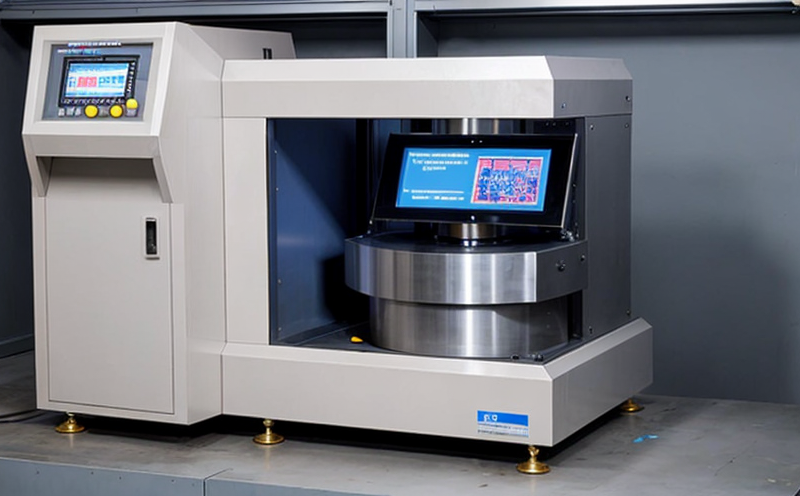ISO 8015 Fundamental Tolerancing Principles Verification
The verification of fundamental tolerancing principles as per ISO 8015 is a critical aspect in ensuring dimensional accuracy and metrology testing within the realm of additive manufacturing (AM) & 3D printing. This standard provides a robust framework for the evaluation of geometric characteristics, including form, orientation, location, runout, and profile errors. The goal of this service is to ensure that products manufactured through AM processes meet the specified tolerances outlined in ISO standards.
ISO 8015 focuses on the metrological aspects of tolerance analysis, which are essential for the successful implementation of AM technologies. This involves assessing the geometric deviations between actual parts and their nominal designs using various measurement techniques such as coordinate measuring machines (CMMs), laser scanners, and optical comparators.
Our team utilizes state-of-the-art equipment to perform these verifications, including high-precision CMMs capable of sub-micron resolution. We employ a multi-step process that begins with thorough preparation of the specimens for measurement, followed by precise data collection using our metrology tools. The collected data is then analyzed against the specified tolerances, and any deviations are reported back to the client.
The importance of this service cannot be overstated in industries where precision is paramount, such as aerospace, automotive, medical devices, and electronics. In these sectors, even minor deviations from design specifications can lead to significant issues, including product failure or non-compliance with regulatory standards. By verifying the tolerancing principles according to ISO 8015, we ensure that our clients achieve optimal performance and reliability in their AM products.
| Industry Sector | Key Application |
|---|---|
| Aerospace | Ensuring the precise fit of parts that require high tolerances to withstand extreme conditions. |
| Automotive | Verifying component dimensions for improved manufacturability and part integration in assembly processes. |
| Medical Devices | Evaluating the accuracy of implants, prosthetics, and other medical components that interact with human anatomy. |
| Electronics | Verifying micro-components for integrated circuits to ensure they meet dimensional requirements without compromising functionality. |
Why It Matters
The precision and repeatability of AM processes are crucial for maintaining quality standards across various industries. ISO 8015 provides a standardized method to verify that the geometric characteristics of parts meet the required tolerances, ensuring that products perform as intended in their respective applications.
- Ensures compliance with international standards and regulatory requirements.
- Aids in identifying potential issues early in the production process, allowing for corrective actions to be taken promptly.
- Improves product reliability by minimizing errors that could lead to failures or non-compliance.
Applied Standards
The primary standard used in this service is ISO 8015, which provides guidelines for the evaluation of geometric characteristics. This standard is widely recognized and adopted by industries that demand high levels of precision and accuracy.
In addition to ISO 8015, we also adhere to other relevant standards such as ISO 9001 for quality management systems and ISO/TS 16949 for the automotive industry. These additional standards complement our service by ensuring a comprehensive approach to quality assurance in additive manufacturing.
Industry Applications
- Aerospace: Ensuring that parts fit precisely, enhancing overall aircraft performance and safety.
- Automotive: Verifying component dimensions for improved manufacturability and part integration in assembly processes.
- Medical Devices: Evaluating the accuracy of implants, prosthetics, and other medical components to ensure they interact safely with human anatomy.
- Electronics: Verifying micro-components for integrated circuits to ensure they meet dimensional requirements without compromising functionality.





